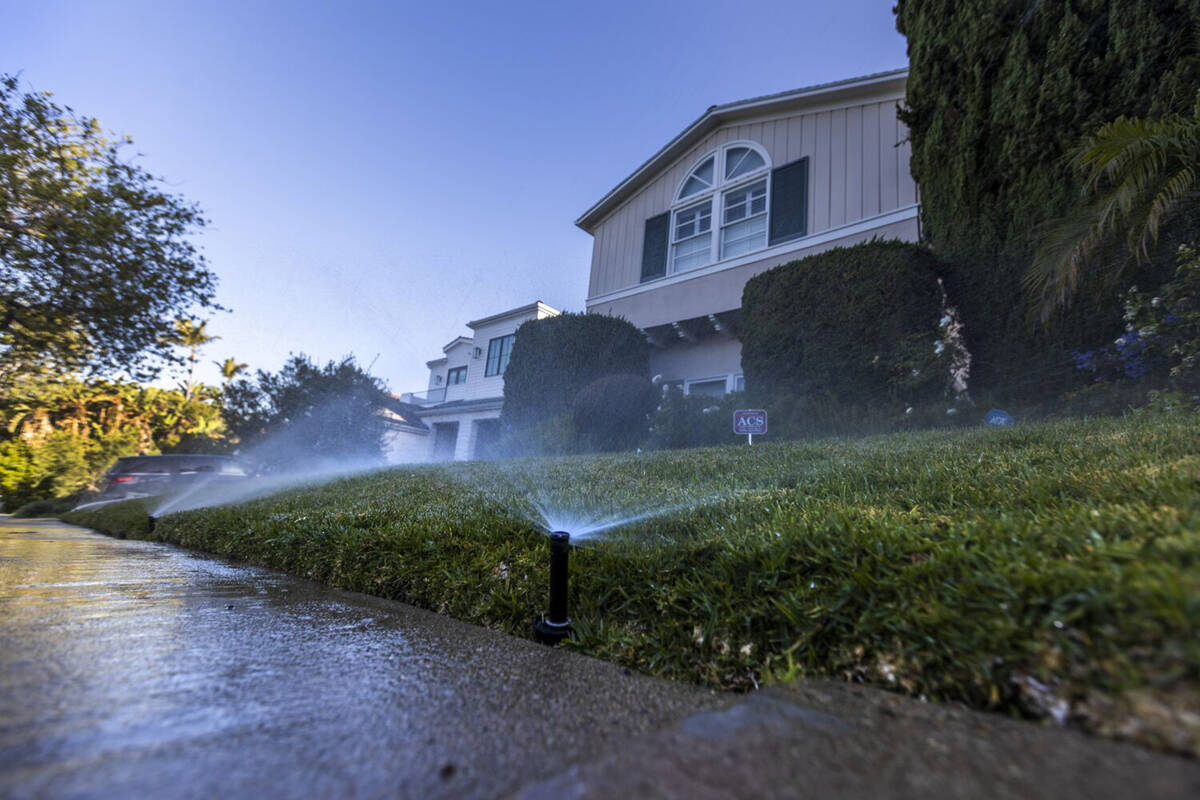Drought emergency declared for all of Southern California
LOS ANGELES — As California faces the prospect of a fourth consecutive dry year, officials with the Metropolitan Water District of Southern California have declared a regional drought emergency and called on water agencies to immediately reduce their use of all imported supplies.
The decision from the MWD’s board came about eight months after officials declared a similar emergency for 7 million people who are dependent on supplies from the State Water Project, a vast network of reservoirs, canals and dams that convey water from Northern California.
Residents who rely on California’s other major supply — the Colorado River — had not been included in that emergency declaration.
“Conditions on the Colorado River are growing increasingly dire,” MWD chairwoman Gloria Gray said in a statement Wednesday. “We simply cannot continue turning to that source to make up the difference in our limited state supplies. In addition, three years of California drought are drawing down our local storage.”
Officials said the call for conservation could become mandatory if drought conditions persist in the coming months, which some experts say is likely. By April, the MWD will consider allocating supplies to all of its 26 member agencies, requiring them to either cut their use of imported water or face steep additional fees.
“Since this drought began, we have been steadily increasing our call for conservation. If we don’t have an extremely wet winter, we will need to elevate to our highest level — a water supply allocation for all of Southern California,” MWD general manager Adel Hagekhalil said. “Substantial and immediate conservation now and in the coming months will help lessen the potential severity of such an allocation.”
MWD member agencies, which include the Los Angeles Department of Water and Power, the Municipal Water District of Orange County and the Inland Empire Utilities Agency, will implement voluntary and mandatory conservation measures at the local level based on their particular circumstances, officials said. Those with local supplies or other alternative options may be able to rely on them in the interim.
The LADWP, which imports state and federal water as well as water from the Owens Valley via the Los Angeles Aqueduct, has been under Level 3 of its water shortage contingency plan since June, including two-day-a-week outdoor watering limitations.
But about half of the MWD’s imported water comes from the State Water Project and half from the Colorado River — both of which have become “extraordinarily stressed by prolonged drought exacerbated by climate change,” the agency said.
The Colorado River has fallen to such historic lows that officials said it could reach “dead pool” levels, or a point at which water falls below the lowest intake valve. California and six other states that rely on the river, including Nevada, have been under pressure from the federal government to drastically reduce their use.
In October, some California water agencies, including the MWD, pledged usage reductions of up to 400,000 acre-feet per year, or about 9% of the state’s total 4.4 million water allotment from the river, through 2026.
The State Water Project has been under similar strain. The driest three water years on record in California resulted in record-low deliveries to Southern California, and earlier this month, state officials said they may only allocate 5% of requested supplies next year if drought conditions do not significantly improve.
Mandatory measures in State Water Project-dependent areas will continue through at least June of next year and possibly longer, the MWD said. They urged residents to continue their conservation efforts, including reduced irrigation in yards and gardens.
“Some Southern Californians may have felt somewhat protected from these extreme conditions over the past few years,” Gray said. “They shouldn’t anymore. We are all affected.”












